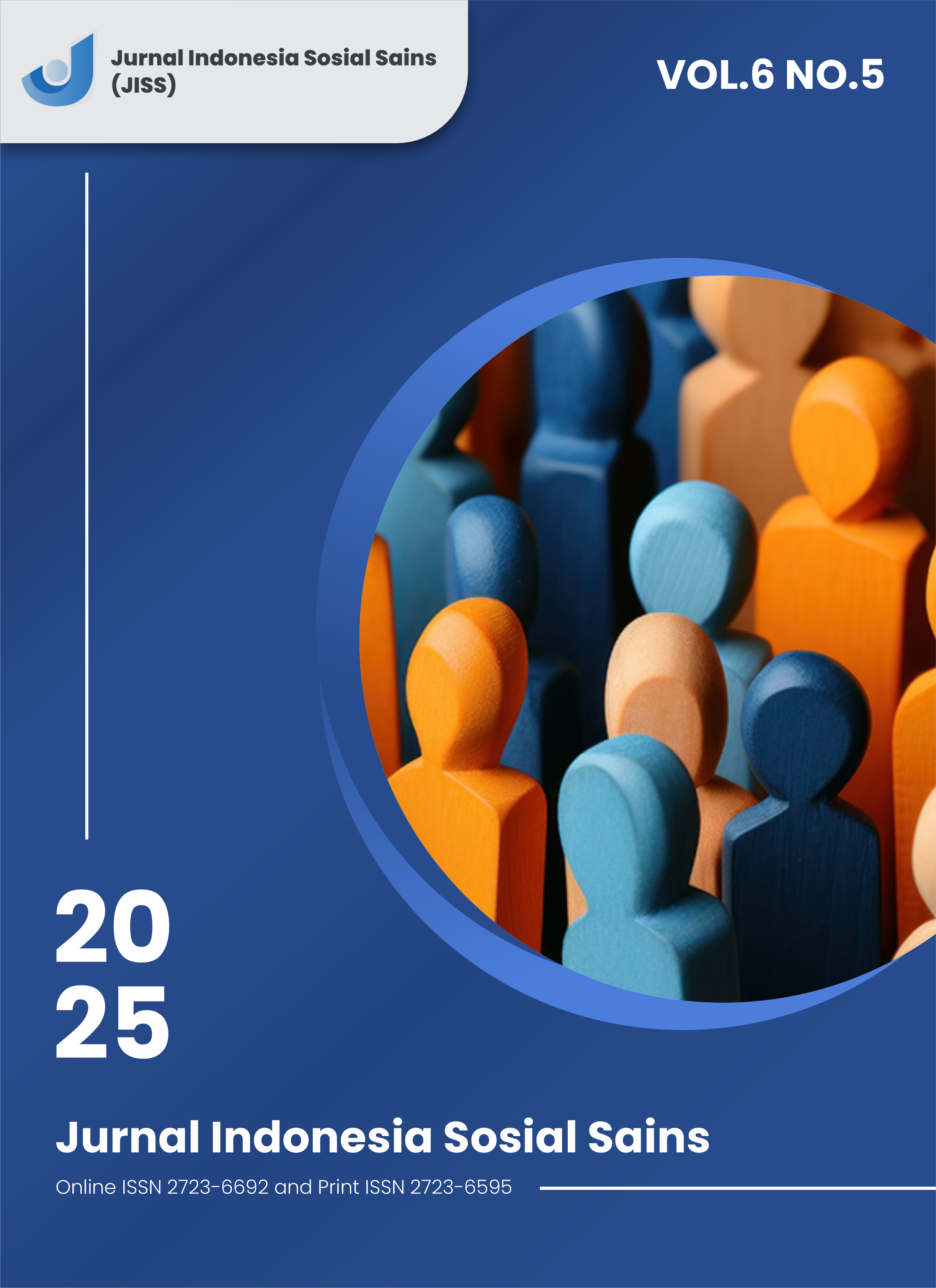Kutai Kartanegara LPPL 100.6 Fm Government Radio Communication Strategy in Maintaining Its Existence
DOI:
https://doi.org/10.59141/jiss.v6i5.1721Keywords:
communication strategy, government radio, media existence, media convergence, digital media, case studyAbstract
This study investigates the communication strategy of Kutai Kartanegara Government Radio as a Local Public Broadcasting Institution 100.6 FM in maintaining its existence. Against the backdrop of technological advances that have given rise to new media offering flexibility and fierce competition in the radio industry, this study aims to understand how radio broadcasting institutions maintain their existence amidst the presence of new media and competition between radio industries. The researcher used a descriptive qualitative research method with a Case Study approach through interviews, observations, and documentation. The results of the study indicate that Kutai Kartanegara Government Radio forms a structure, conducts surveys to improve the quality of broadcasting programs and adjusts to listener preferences, The planning stage involves setting clear goals for digital transformation, listener segmentation, content adjustment, In the implementation carried out displaying special programs, and interactive, in routine evaluations carried out to review the effectiveness of the program and see from the listener's response. reporting is made routinely and in writing and becomes the basis for future decision making. From the results of the discussion, it can be concluded that the communication strategy carried out by Kutai Kartanegara Government Radio applies the stages of communication strategy according to Hafied Cangara, namely research, planning, implementation, evaluation, and reporting and applies the Boundary Spanning Theory in several stages.
Downloads
Published
How to Cite
Issue
Section
License
Copyright (c) 2025 Mohammad Irgi Hafizh Fahrezy, Ainun Ni’matu Rohmah, Johantan Alfando Wikandana Sucipta, Dony Kristian

This work is licensed under a Creative Commons Attribution-ShareAlike 4.0 International License.
Authors who publish with this journal agree to the following terms:
- Authors retain copyright and grant the journal right of first publication with the work simultaneously licensed under a Creative Commons Attribution-ShareAlike 4.0 International. that allows others to share the work with an acknowledgement of the work's authorship and initial publication in this journal.
- Authors are able to enter into separate, additional contractual arrangements for the non-exclusive distribution of the journal's published version of the work (e.g., post it to an institutional repository or publish it in a book), with an acknowledgement of its initial publication in this journal.
- Authors are permitted and encouraged to post their work online (e.g., in institutional repositories or on their website) prior to and during the submission process, as it can lead to productive exchanges, as well as earlier and greater citation of published work.












